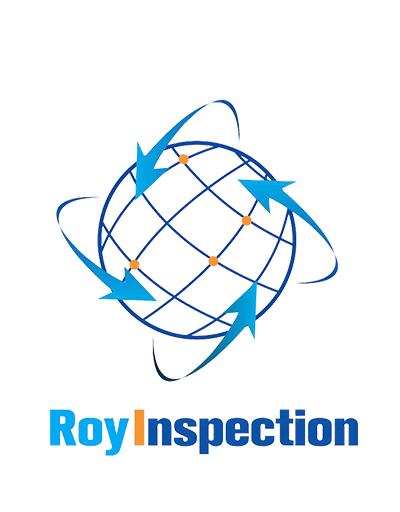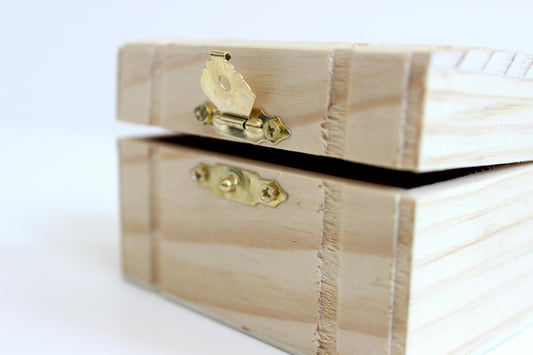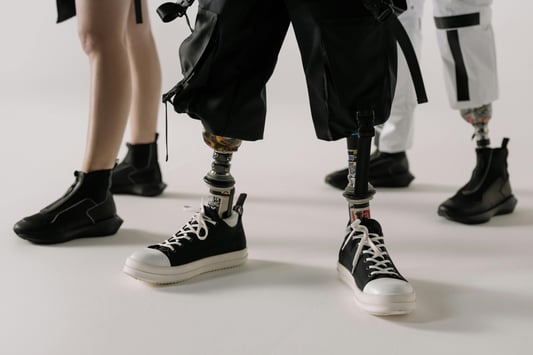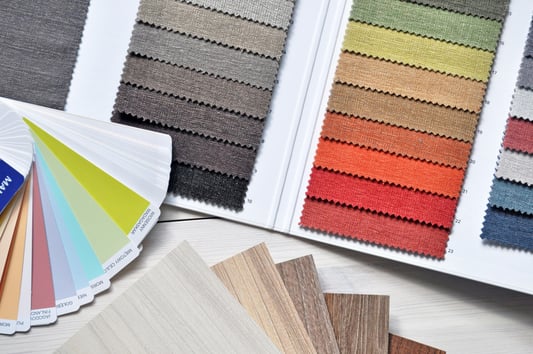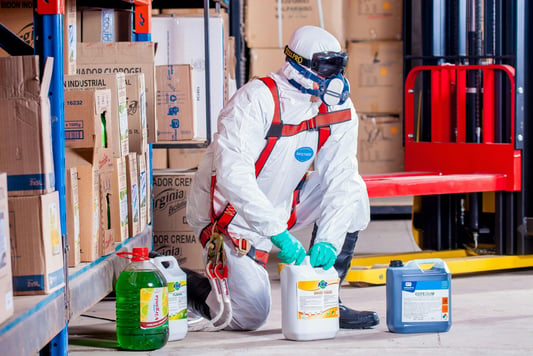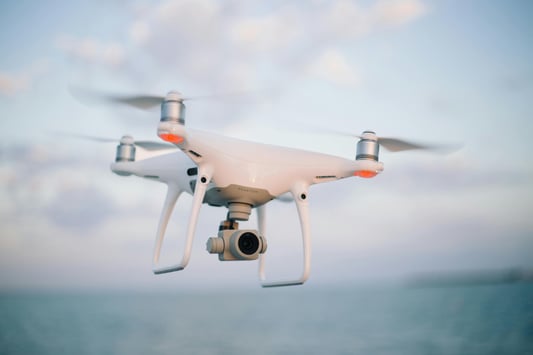Understanding the Importance of ladies fashion accessories inspectionWhen it comes to ladies fashion accessories, it is crucial to inspect them thoroughly before making a purchase. Whether it is a handbag, jewelry, scarf, or belt, conducting a proper inspection will help you ensure that you are getting a high-quality product that will stand the test of time.Examining the Quality of MaterialsOne of the key aspects of ladies fashion accessories inspection is examining the quality of materials used in the product. Check for any signs of wear and tear, discoloration, or loose threads. High-quality materials will not only look better but also last longer.Checking for AuthenticityIn the world of fashion accessories, there are many counterfeit products circulating in the market. It is essential to inspect the item for any signs of authenticity, such as logos, serial numbers, and branding tags. This will ensure that you are purchasing a genuine product.Assessing the Construction and WorkmanshipAnother important aspect of ladies fashion accessories inspection is assessing the construction and workmanship of the item. Look for any flaws in the stitching, zippers, clasps, or fastenings. A well-constructed accessory will not only look better but also function properly.Verifying Sizing and FitWhen it comes to accessories like belts, hats, or gloves, sizing and fit are crucial factors to consider. Make sure to inspect the item for accurate sizing and a comfortable fit. A poorly sized accessory can ruin an entire outfit.Testing FunctionalityFor accessories that serve a functional purpose, such as handbags or umbrellas, it is important to test their functionality during the inspection. Open and close zippers, check compartments, and ensure that all features work as intended. This will help you avoid any surprises later on.Ensuring Proper Packaging and PresentationThe way a fashion accessory is packaged and presented can also indicate its quality. Inspect the packaging for any damages, scratches, or missing components. A well-presented accessory is a good sign of attention to detail by the brand.Checking for Maintenance RequirementsSome ladies fashion accessories require special care and maintenance to preserve their quality. Before making a purchase, inspect the item for any specific maintenance requirements, such as cleaning instructions or storage recommendations. This will help you keep your accessories looking their best for longer.Comparing Prices and ValueAs part of the inspection process, it is essential to compare prices and value for different ladies fashion accessories. Consider factors such as brand reputation, materials used, and craftsmanship when assessing the overall value of the product. This will help you make an informed purchasing decision.Seeking Expert AdviceIf you are unsure about how to conduct a proper inspection of ladies fashion accessories, don't hesitate to seek expert advice. Fashion consultants, stylists, or sales associates can provide valuable insights and guidance to help you choose the perfect accessory for your wardrobe.Quote InquiryContact us!
